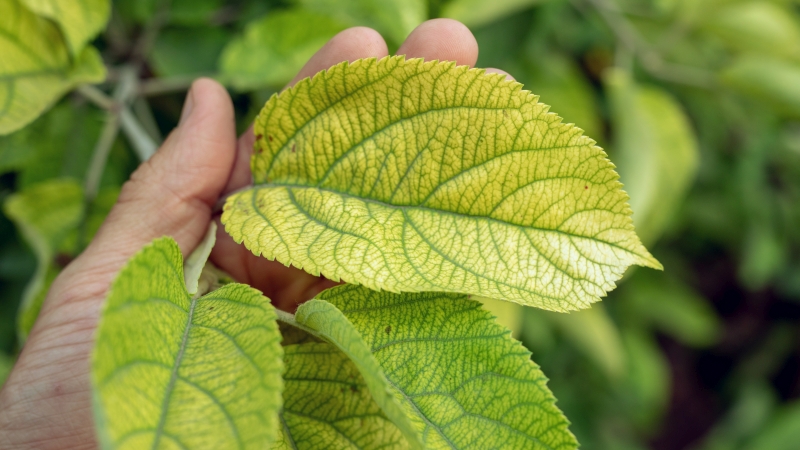Rainy Weather Causing High Risk For Phytopthora In Berries
With the rainy weather the Midwest has recently received, the conditions for Phytophthora diseases increases.
An increased risk for oomycetes, also known as water molds, occurs during rainy years. Phytophthora species thrive in waterlogged soils and areas with standing water for periods of time. These species cause wilting and decline of plants or rotting fruit, says Annemiek Schilder, Michigan State University Extension.
“Phytophthora mycelium can survive in infected roots or fruit mummies, or as hardy oospores in plant debris and soil. Oospores are known to remain viable in the soil for over 10 years,” Schilder says.
Phytophthora diseases are introduced to new sites through infected material or from water runoff from infested fields. They can also be spread from soil on boots and equipment.
“Oospores germinate under moist conditions, forming balloon-like sporangia that contain motile zoospores,” she says. “The zoospores swim through the water-filled soil pores to susceptible plant parts and cause infection; wounds are not required. Infection is more likely during cool, rainy periods in fall and spring, but can occur throughout the growing season if conditions are favorable and susceptible host tissue is available.”
To read about the different diseases and suggestions for management, click here.
Source: Michigan State University extension bulletin










